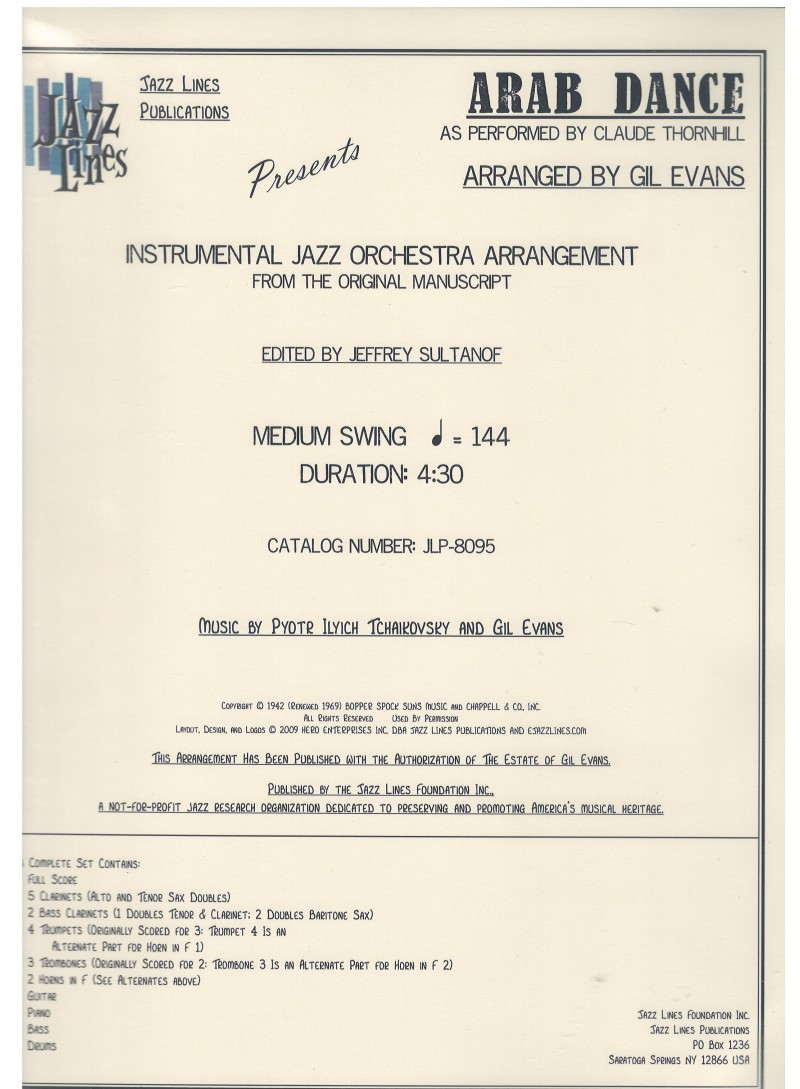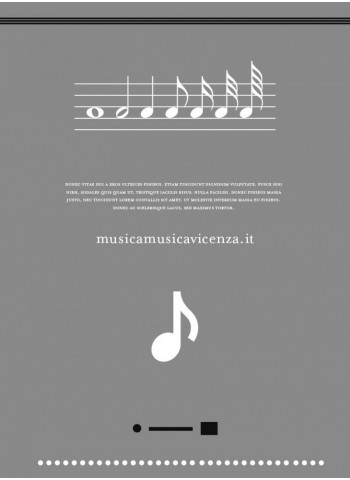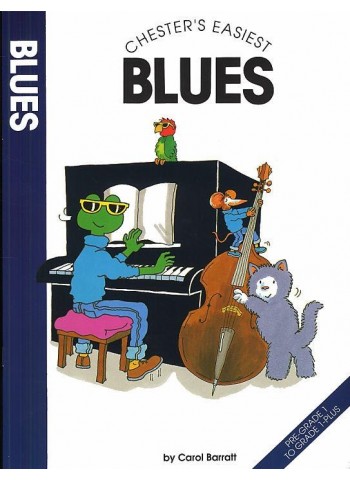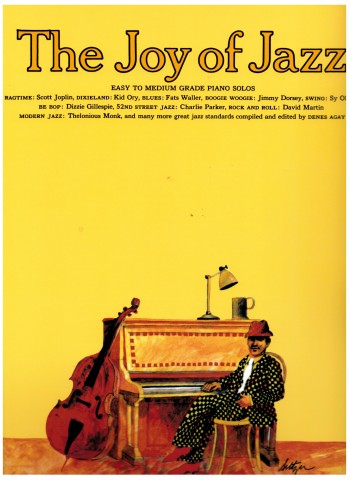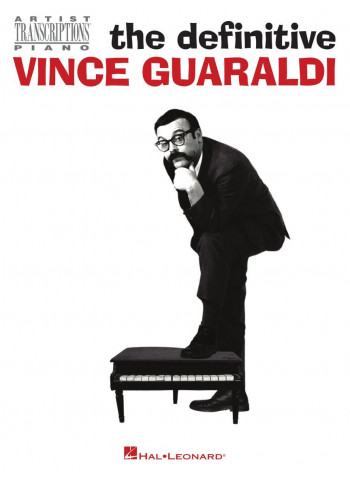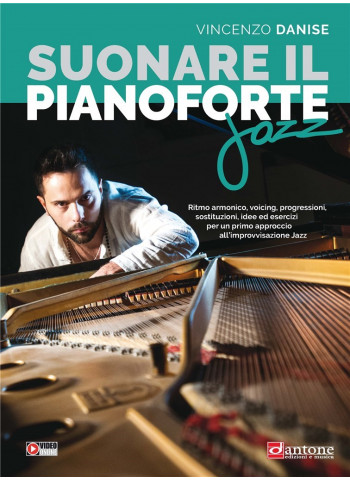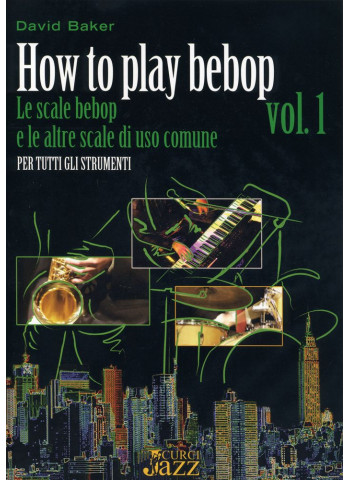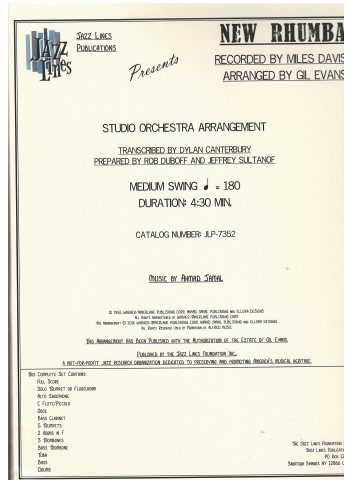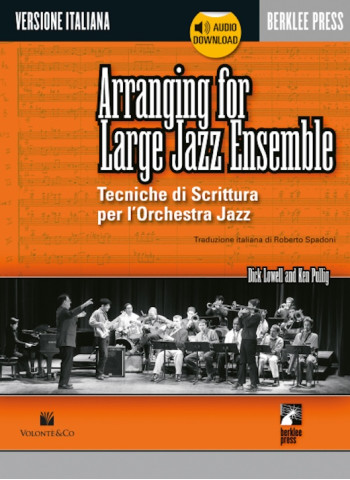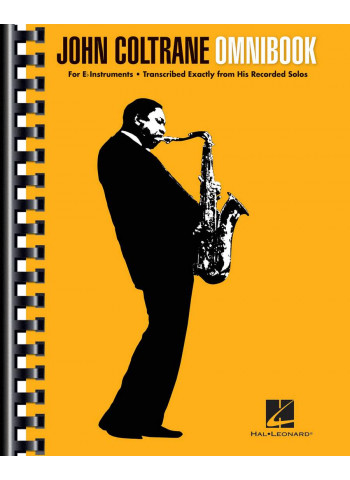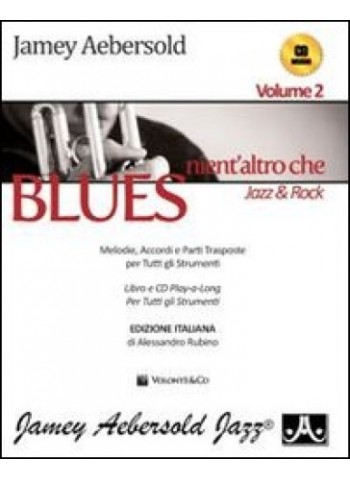Arab Dance
- Casa editrice: Jazz Lines
- Compositore: Thornhill - Evans (Gil)
- Codice di riferimento: 20919
- Codice catalogo: JLP-8095
- ISBN: 9781574060881
Quantità:
'Arab Dance' was copyrighted in 1941. It is credited to both Thornhill and Evans, although the manuscript is clearly in Evans hand. The melody comes from a section of Tchaikovsky's 'Nutcracker' ballet, and was long in the public domain when the setting was written. There are minor differences between this arrangement and the arrangement recorded in 1946, particularly the brass figures from bar 211. It was decided to present the arrangement exactly as written in 1941 or 1942, as it is one of the few examples of Evans from this early period. Also please note that due to time constraints, bars 19-43 were cut for the recording.
The Thornhill ensemble was based on the premise of a rich ensemble sound backing the warm piano stylings of the leader, although the band played a swing number impressively as well (Evans 'Busters Last Stand' is a good idea of how this band could swing out). Thornhill was a great stickler for precision, intonation and a wide variety of dynamic levels. The bands very soft passages could scare audiences to death, particularly when they built to loud but smooth fortissimos. Even though this arrangement is a pure swing from beginning to end, these same values must be kept in mind to fully realize the challenges of this setting of a re-composition of a classical piece.
Except when playing classic big band music from this era, many saxophonists does not get much opportunity to work on their clarinet chops in an ensemble setting. Where once the big band musician mastered both the clarinet and sax, today a saxophonists time is more often spent playing the flute. The Thornhill book needs strong clarinet players to make the music sound properly, so a sectional rehearsal or two is recommended not only to get the clarinets to phrase together and play in tune, but to also get a smooth blend once the ensemble changes to clarinets and saxes (particularly when clarinet 2 switches to soprano sax, one of the rare instances of this saxophone used in an ensemble during this period). The soprano sax part, this can certainly be covered by the clarinet (and in fact, it sounds like the part was played that way on the 1946 recording).
This has been published directly from the original manuscript, edited by Jeffrey Sultanof. This master edition comes with complete background and performance notes. This concert arrangement is scored for 7 reeds, 3 trumpets, 2 French horns, 2 trombones, guitar, piano, bass, and drums. See below for complete instrumentation including information on reed doubling. The two French horns have been scored into trumpet 4 and trombone 3 parts, so this piece may be played without them. Approximately 4:30 in length.

